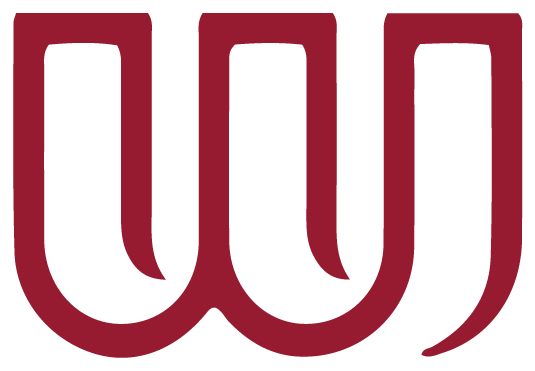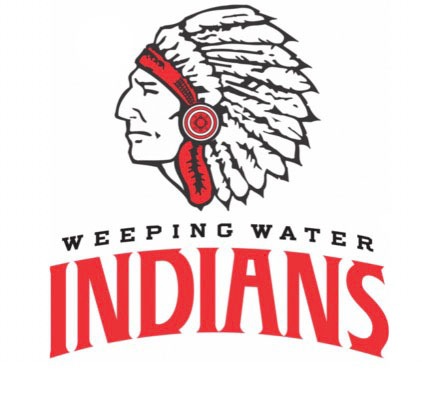Weeping Water Public Schools
Project Concept Plan
THANK YOU, WEEPING WATER!
We are incredibly grateful to our community for your support in passing the HVAC bond initiative. Your vote is an investment in the future of our students, staff, and school. This project will ensure a safe, efficient, and comfortable learning environment for generations to come.
We appreciate your continued commitment to Weeping Water Public Schools. Together, we’re building a stronger future!

Patron Questions
Did the board consider repairing the current system? Did the board consider replacing the system with a rooftop units and a forced air system? Most if not, if not all new construction, installs forced air systems.
The board asked the engineers and architects to review all HVAC system options that made sense for our building size and climate, including the possibility of repairing the existing system. They presented three options:
Repairing the Existing System - The estimated cost for repairs was approximately $3,000,000. This included fixing all defective valves and making necessary upgrades to address extreme temperature fluctuations-issues that should have been accounted for during the original installation. However, these repairs would be made to a ten-year-old system with a life expectancy of 15 to 20 years. The architects believed this was not a wise investment and the board agreed.
Replacing with Traditional Rooftop Units - This was the most expensive option. At the time of the study, it would have cost about $1,000,000 more than the geothermal option due to the heavy construction needed to install ductwork in the 1939 and 1956 buildings. Additionally, this option did not qualify for the $1,300,000 tax credit and would not provide the 30% reduction in annual energy costs that the geothermal system offers. It also had the highest installation costs, making it the most invasive option and disruptive to school operations next year.
Geothermal System - While not the cheapest option upfront, this provides the best long-term value for taxpayer money. The infrastructure has a life expectancy of 25 years, and the well field is expected to last 50 years. The tax credit and energy cost savings will benefit the school and the community. Both the board and I agree this is the best choice among the three options.
Why is the well field at the practice field? It is prone to flooding. Why not use the gravel parking lot?
The architects evaluated multiple areas owned by the school, including the grassy areas around the building, the parking lot, and the practice football field. Ultimately, they determined that the practice football field was the best location.
Once a well field is installed, that area cannot be used for future construction. While the school has no current or future building plans, the well field is designed to last 50 years, making long-term flexibility a consideration. The practice field is in a floodplain, so the district will never build there. In addition, the area's higher water table is better for the geothermal system.
Though piping the extra block will incur additional costs, preserving future flexibility was a priority in our decision.
What about the average cost of the Geothermal once it ages? Will it be half of the Annual Utility Maintenance cost, currently?
With assumptions regarding occupancy, weather, utility costs, and performance that can greatly affect payback, we estimate a 30% annual utility savings. We anticipate maintenance to be at or near the industry average of $0.26 per square foot. All systems have performance degradation, however we still have geothermal systems operating at a high performance level constructed in 1994.
PROJECT HIGHLIGHTS
Unmatched Longevity:
The system boasts a wellfield with a life expectancy of over 50 years—far surpassing traditional systems. This long-term reliability means fewer replacements, lower maintenance costs, and consistent performance for decades.Dependable Components:
Complementing the robust wellfield, the heat pumps are built to last 20–25 years. This reliable performance ensures that the schools will enjoy efficient climate control throughout the lifespan of the system, reducing the worry of premature equipment failure.Significant Cost Savings:
One of the most compelling benefits is the estimated 30–40% reduction in utility costs. This would save the district between $25,000 and $30,000 each year in utility costs. These savings can substantially impact the school district's operating budget, freeing up funds that can be reallocated to improve educational resources and infrastructure.Attractive Financial Incentives:
Under the Inflation Reduction Act, this project qualifies for a 30% credit, estimated to be between $1.2 million and $1.4 million. Such a credit not only improves the project's financial feasibility but also opens up possibilities for reinvestment. The district could channel these funds into upgrading classroom technology, renovating facilities, or further enhancing energy efficiency measures—initiatives that directly benefit students and staff.

